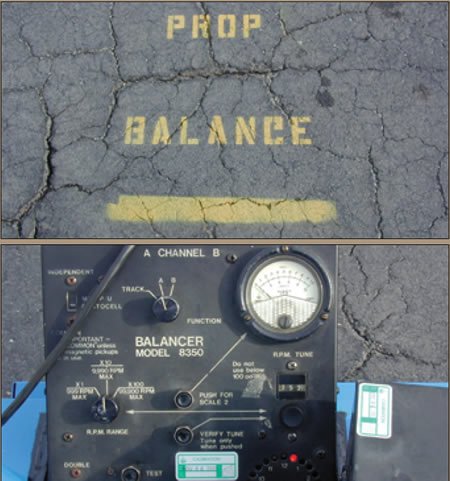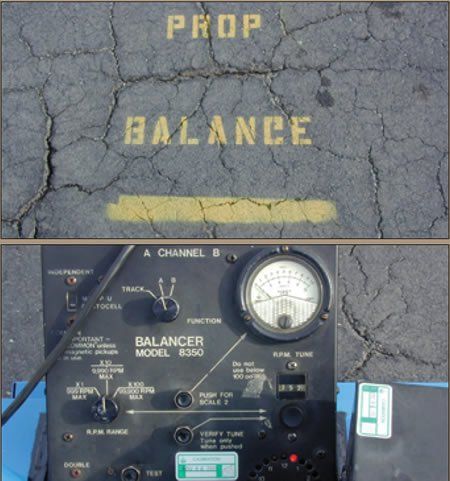
Airplanes vibrate. Airflow on an airframe induces a natural low-level vibration. Engine and propeller operations add their respective notes to this ensemble. It’s up to the pilot to be attuned to the subtle differences, whether it occurs in the air or on the ground, though pilots with noise-canceling headsets may be at a slight disadvantage. Listen. Pay attention to how your plane feels. The key is knowing the difference between a good vibration and one that presages impending failure.
If something feels or sounds out of balance or out of tune, it is worth further investigation. Every vibration event is different. Obviously, the first concern is whether a vibration or sound affects safety of flight. If so, it warrants immediate action. Even a small crack in high-rpm parts like a propeller tip can rapidly grow to a problem you don’t want to have.
If you’re noticing a chronic, rather than acute problem, the best reaction to an unexplained vibration is to answer these questions:
– What parameter just changed — airspeed, flight control, power setting?
– Does the vibration change or is it constant?
– Does a change in a flight parameter (airspeed, direction of bank, rpm, etc.) change the vibration?
– What system do you suspect is the cause?
After these data points are gathered and analyzed in flight, follow up with a mechanic on the ground and try to find the root cause.




